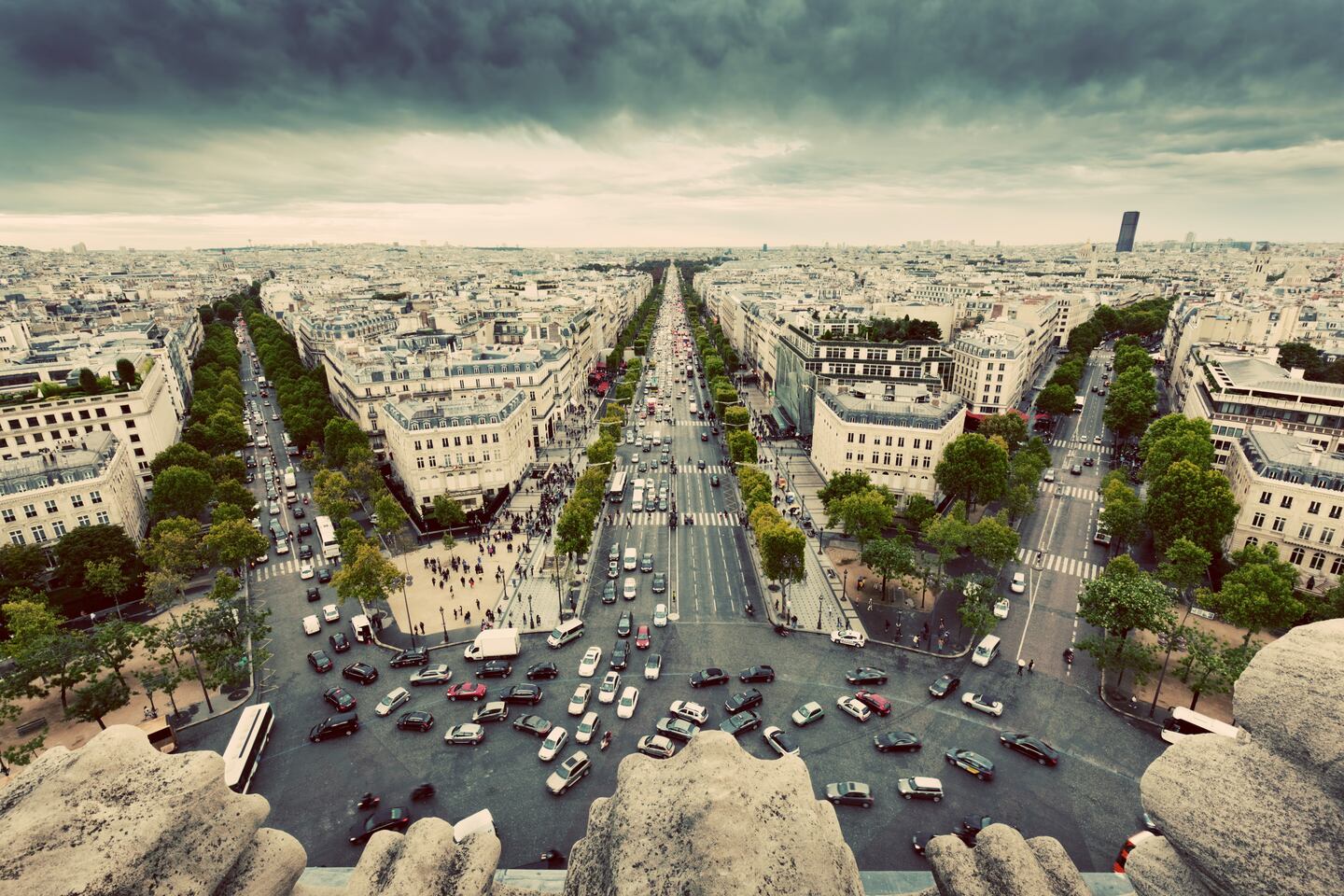
The Business of Fashion
Agenda-setting intelligence, analysis and advice for the global fashion community.

Agenda-setting intelligence, analysis and advice for the global fashion community.

PARIS, France — Last week's deadly truck attack in Nice, which killed at least 84 people celebrating Bastille Day in the French coastal city, became the third major terrorism-related event France has experienced in the past 18 months, raising questions over whether such shocking events are isolated or if the country is facing a new normal, with long-term implications for the country's $18 billion fashion and luxury sector.
Tragically, Paris had already experienced an attack at the beginning of 2015 when two brothers forced their way into the offices of French satirical weekly newspaper Charlie Hebdo, killing 11 people. Later in the same year, terrorists killed 130 people in a series of co-ordinated attacks in and around the city.
In the past, these kinds of shock events have resulted in a short-term plunge in retail sales before trading resumes to a normal level. But Friday’s attack combined with last year’s events in Paris in November and January, have caused analysts to consider this in a new light.
“The big question here is whether terrorist attacks in Europe need to be seen as 'one offs' like 9/11 — or as a sign that Europe will look more and more unstable,” Luca Solca, the head of luxury goods at Exane BNP Paribas, told BoF. “In case of the former, tourist flows would go back to normal in due course — in case of the latter, tourist flows could change structurally,” or, in other words, could result in a permanent change.
ADVERTISEMENT
Shortly after the attack in Nice, French Prime Minister Manuel Valls, offered a sobering observation when he said: “The times have changed, and France is going to have to live with terrorism,” surprising the country and media with the candidness of his remarks.
So what are the long-term implications for France’s $18 billion luxury goods sector?
In recent months, luxury sales have been hit hard, particularly in the destination capital of Paris where the bulk of tourists visit the city to shop for Europe’s leading brands like Hermès, Louis Vuitton and Prada.
Luxury goods giant LVMH reported weaker than expected revenue for the first quarter after the attacks in Paris and Brussels, posting a slowdown in like-for-like sales growth to 3 percent to €8.62 billion, below the market expectations of 4.1 percent, and market reports suggest that sales are down up to 20 percent at some Paris department stores.
One of the most visited countries in the world, France saw around 84 million travellers in 2015, which help generate roughly 7 percent of its economic activity annually, a large bulk of whom typically comprise Asian tourists buying luxury goods.
But the number of foreign visitors to France fell 8.7 percent in the last quarter of 2015, due to November’s terrorist attacks, down from a year earlier, and was still 2.7 percent lower in the first three months of 2016, according to Insee, France’s national statistics office. And, luxury executives tell BoF that while the number of visitors may be recovering, many of them are coming in on discounted travel packages, and don't have the same spending power as visitors in years past.
So, if terrorism-related attacks become more frequent in France, and high-spending tourists continue to steer clear from the market, it is likely France’s fashion and luxury sector will continue to suffer over the medium-term.
The Swiss watch sector’s slide appears to be more pronounced than the wider luxury slowdown, but industry insiders and analysts urge perspective.
The LVMH-linked firm is betting its $545 million stake in the Italian shoemaker will yield the double-digit returns private equity typically seeks.
The Coach owner’s results will provide another opportunity to stick up for its acquisition of rival Capri. And the Met Gala will do its best to ignore the TikTok ban and labour strife at Conde Nast.
The former CFDA president sat down with BoF founder and editor-in-chief Imran Amed to discuss his remarkable life and career and how big business has changed the fashion industry.